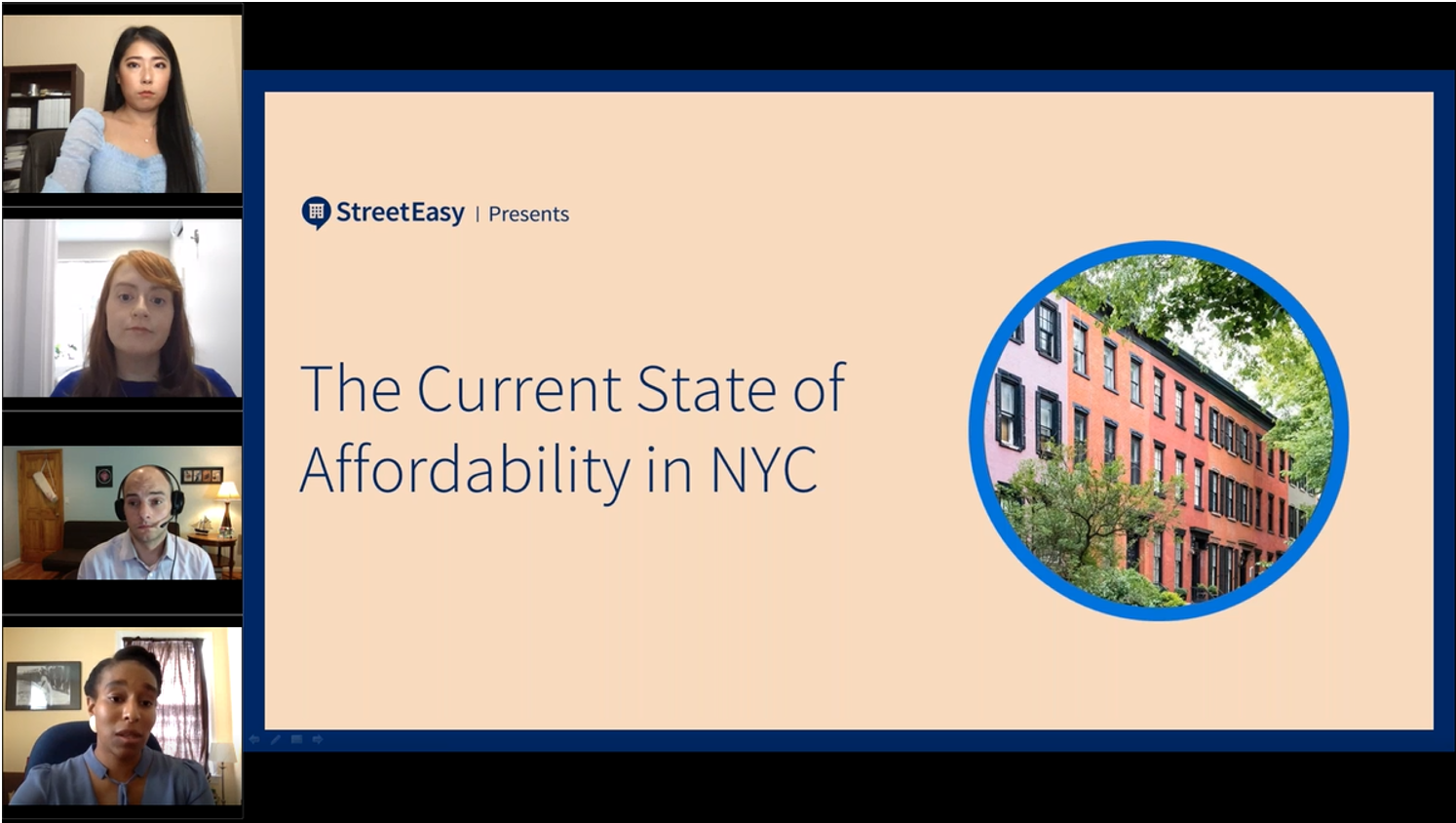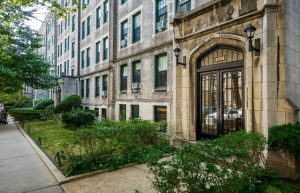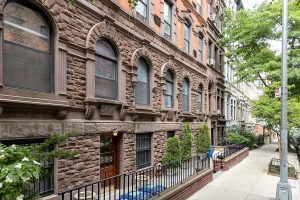COVID-19 + NYC Real Estate
Last week, StreetEasy’s rent affordability report produced new data on how the pandemic has both revealed and exacerbated uneven rent burdens across New York City. The report found that rents are rising more than twice as quickly in the same communities hit hardest by the pandemic. In neighborhoods with the most COVID-19 cases, rents have increased 22 percent over the last six years. In those with the fewest cases, rents increased just 10 percent.
This data only begins to tell the story of how COVID-19 is disproportionately impacting New Yorkers. Communities of predominantly lower income and immigrant populations didn’t have the resources to brace for such disruption. Now, they find themselves grappling with additional threats like overcrowding and impending evictions.
To expand upon the findings in this report, StreetEasy hosted a virtual panel on Tuesday, September 15: Addressing Housing Affordability During COVID-19.

StreetEasy’s economist, Nancy Wu, began by reviewing key takeaways from the study. She was then joined by Barika Williams, executive director of the Association for Neighborhood and Housing Development, and Charles McNally, director of external affairs at the Furman Center. In the discussion that followed, each lent their expertise to create a deeper understanding of the affordable housing issues that COVID-19 has illuminated.
The panel began by breaking down a number of factors that created peak virus rates in NYC’s most rent-burdened neighborhoods. They addressed the intersection of race and affordability, the fast-approaching lift of the moratorium on evictions, and potential solutions for a more equitable future. Afterward, the experts took time to answer questions sent in by the audience streaming at home. You can watch a full recording of the event below:
For more data, research, and stories around how COVID-19 has impacted the NYC real estate market, visit COVID-19 + NYC Real Estate.








